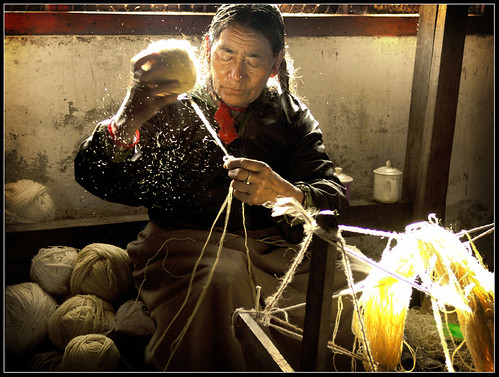I recently bought thermal underwear from New Zealand outdoor clothing manufacturer Icebreaker. I am not going to bore anybody with an account of how good their stuff is (but yes, it is very good), but tell you a little story about the origins of my undies.
The wool for my leggings came from four of Icebreaker’s 120 sheep stations: Walter Peak Station, Olvig Station, Omarama Station, and Te Akatarawa station, which are all located in the South of New Zealand’s South Island. How do I know? Every Icebreaker garment contains what they call a baacode (no, they will not win the price for the world’s greatest wits). This code links to a database that contains production data for each of the batches of fabric that are used for their products, back to the original station and wool batch data. This is all part of what Icebreaker calls their ‘transparent supply chain‘.
Obviously, in medical logistics, such transparency is as least as important. Everybody who has ever been involved in a product recall will be able to testify to the difficulties that always crop up as a result of a lack of data about exactly which products are where in the supply line. Yet our supply lines are normally quite a lot simpler than Icebreaker’s: for each product, we usually have only a couple of potential suppliers (not more than 100 like Icebreaker), and we usually have only some tens of distribution points, a couple of hundreds at the outside (not thousands); yet we are hardly ever able to easily perform a trace like this one without a lot of hard work (which is too bad), often taking a lot of time to do so (which is a lot worse, knowing that in the mean time people could die from the effects).
Logistics management in medical aid work rarely use relatively simple tools like traces of from cradle to grave. Taking into account what this could mean for our patients, it is high time that we start implementing this as a minimum standard.
Icebreaker shows that this is more than empty wool-gathering.
Update (27 April 2009): I have written an expanded post on visibility and transparency (and some sunshine). Go and read!
Illustration: Wool by Sukanto Debnath. Some rights reserved.


{ 0 comments… add one now }
{ 1 trackback }